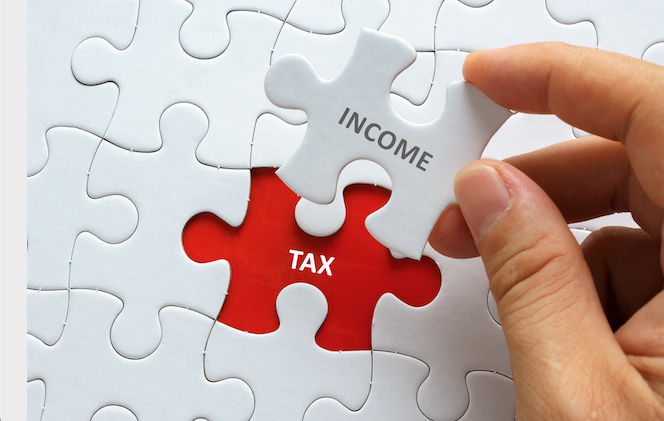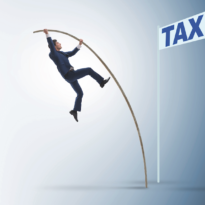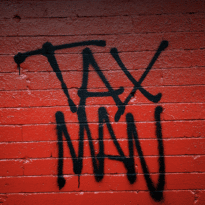With intense speculation that the Chancellor will seek to cut taxes and increase net incomes ahead of the General Election, Aegon’s Steven Cameron explores Jeremy Hunt’s options, the different implications of each, and who the relative winners and losers would be.
The three touted options are a cut in income tax rates, a further lowering of the rate of employee NI contributions, or the potential to unfreeze the Personal Allowance.
The Chancellor and Prime Minister have dropped numerous hints, if not promises, of further tax cuts in the Spring Budget on 6 March. Assuming a cut can be justified in the face of the latest economic data, the Chancellor has a range of options which have different implications for different groups of individuals.
Lowering income tax rates would be a stand-out headline-grabber, but Jeremy Hunt could repeat what he did in his Autumn Statement and instead cut the employee NI rate. A third alternative is to unfreeze the Personal Allowance – the point above which you start paying income tax and NI – which could actually do more to boost the finances of those on lower and medium incomes.
Cutting income tax rates vs. the employee NI rate
On the surface, a 1% cut in income tax would have a similar impact on individuals as a 1% cut in employee National Insurance – but there are other points to consider.
Firstly, a cut to your rate of income tax is not so good for future pension savings. Your pension contributions are boosted by tax relief at your highest rate of income tax, so a cut to income tax rates means less pensions tax relief. By comparison, a cut in your rate of NI would not affect this.
Setting income tax rates is also a devolved power, and the Scottish Government has already confirmed its own rates for 2024/25, with higher earners to pay more income tax from April this year. This means that any cuts to income tax rates announced by the UK Government would have no income tax benefit to Scottish residents.
On the other hand, a cut to National Insurance would apply right across the UK, including Scotland.
But for those over State Pension Age (currently 66), a cut in NI rates would offer no benefit, as people above this age are exempt from paying any NI.
Last but not least, the funds raised from NI are used to cover the cost of the State Pension. With an ageing population and the Triple Lock formula producing another huge 8.5% increase this April, cutting NI further would make the State Pension funding even less sustainable.
An alternative – increasing the Personal Allowance
The Personal Allowance sets an initial level of earnings on which we don’t pay income tax. Frozen at £12,570 since 2021, high inflation and growing salaries since then have meant more people now pay tax on a greater proportion of their salaries.
In 2022, the threshold at which NI contributions begins was increased to match the Personal Allowance, with individuals now paying both income tax and NI on earnings above £12,570.
If the Chancellor were to unfreeze and increase the Personal Allowance for income tax and NI by, say, 10% to £13,827 in his Spring Budget, it would mean millions of people earning above this amount would pay no income tax or NI on an extra £1,257 a year, saving a basic rate tax payer £251 in income tax and £126 in NI – a total of £377 in the first year. For anyone earning less than £50,270, this is more than the boost to take-home pay generated by an alternative 1% cut to income tax or NI.
Increasing the Personal Allowance would also reduce the risk of the State Pension (increasing to £11,502 from April) tipping over the Personal Allowance and subjecting millions of State Pensioners to income tax on some of their State Pension, even if they had no other income. This would be extremely hard for any Government to justify.






























